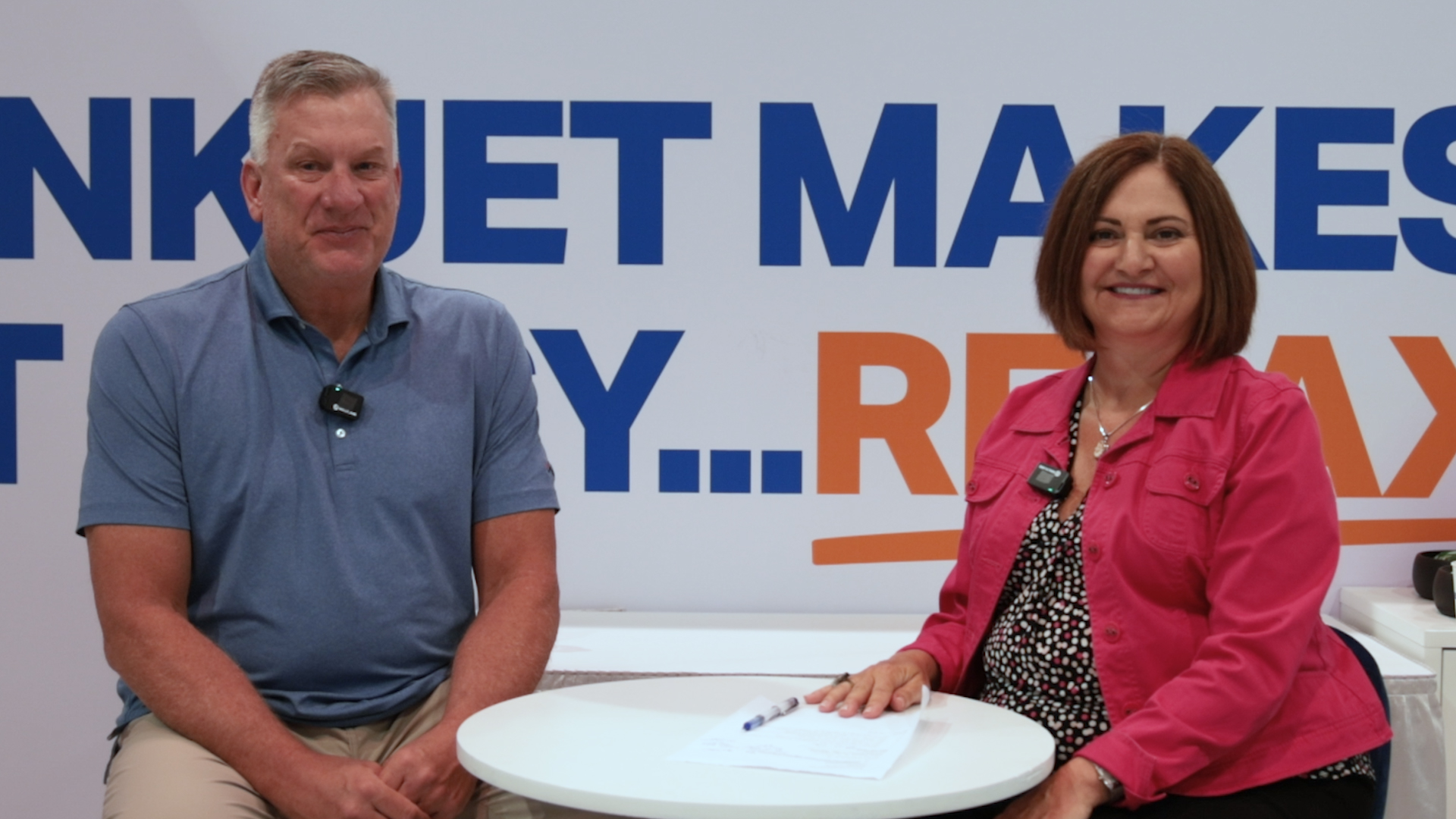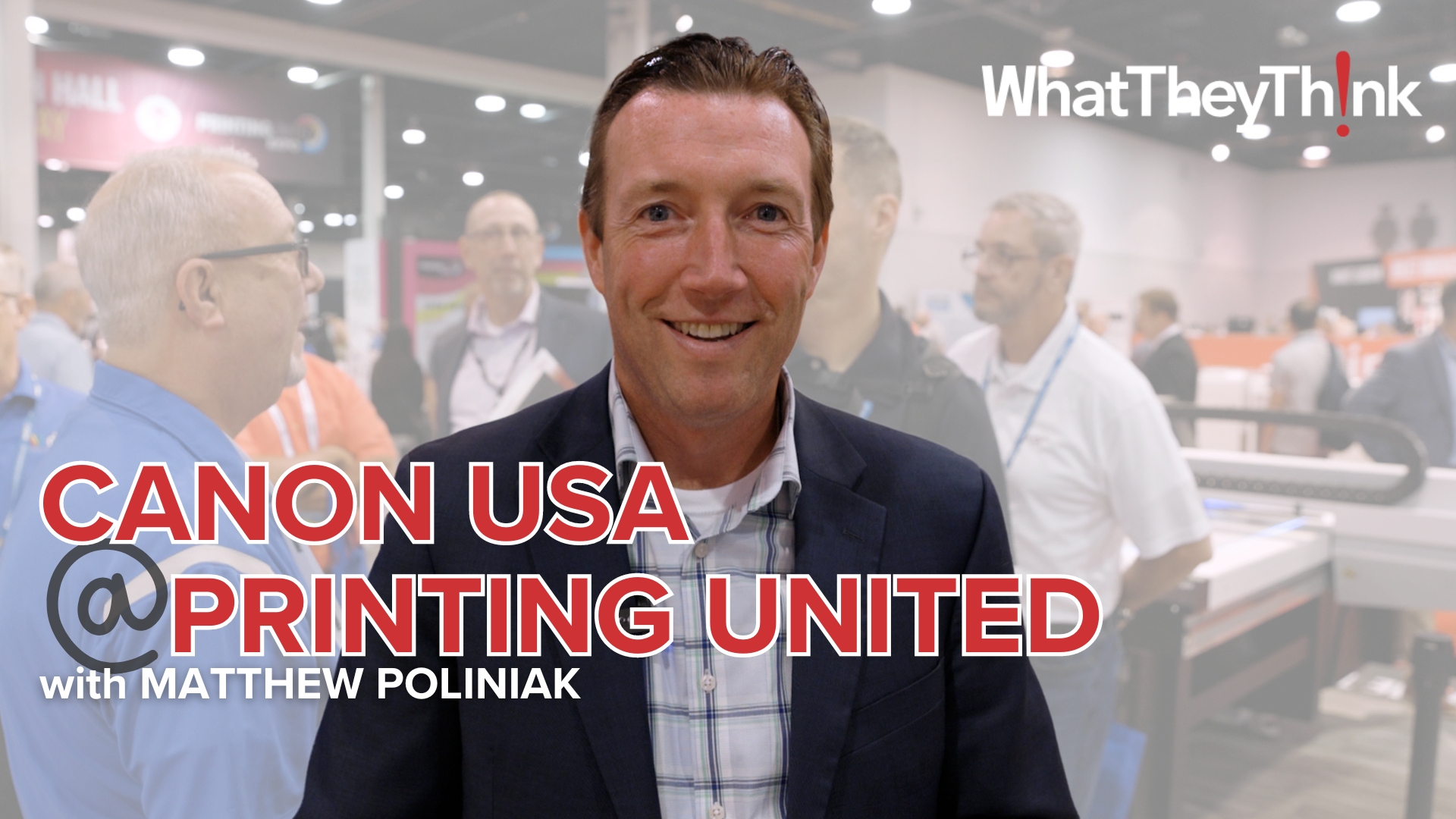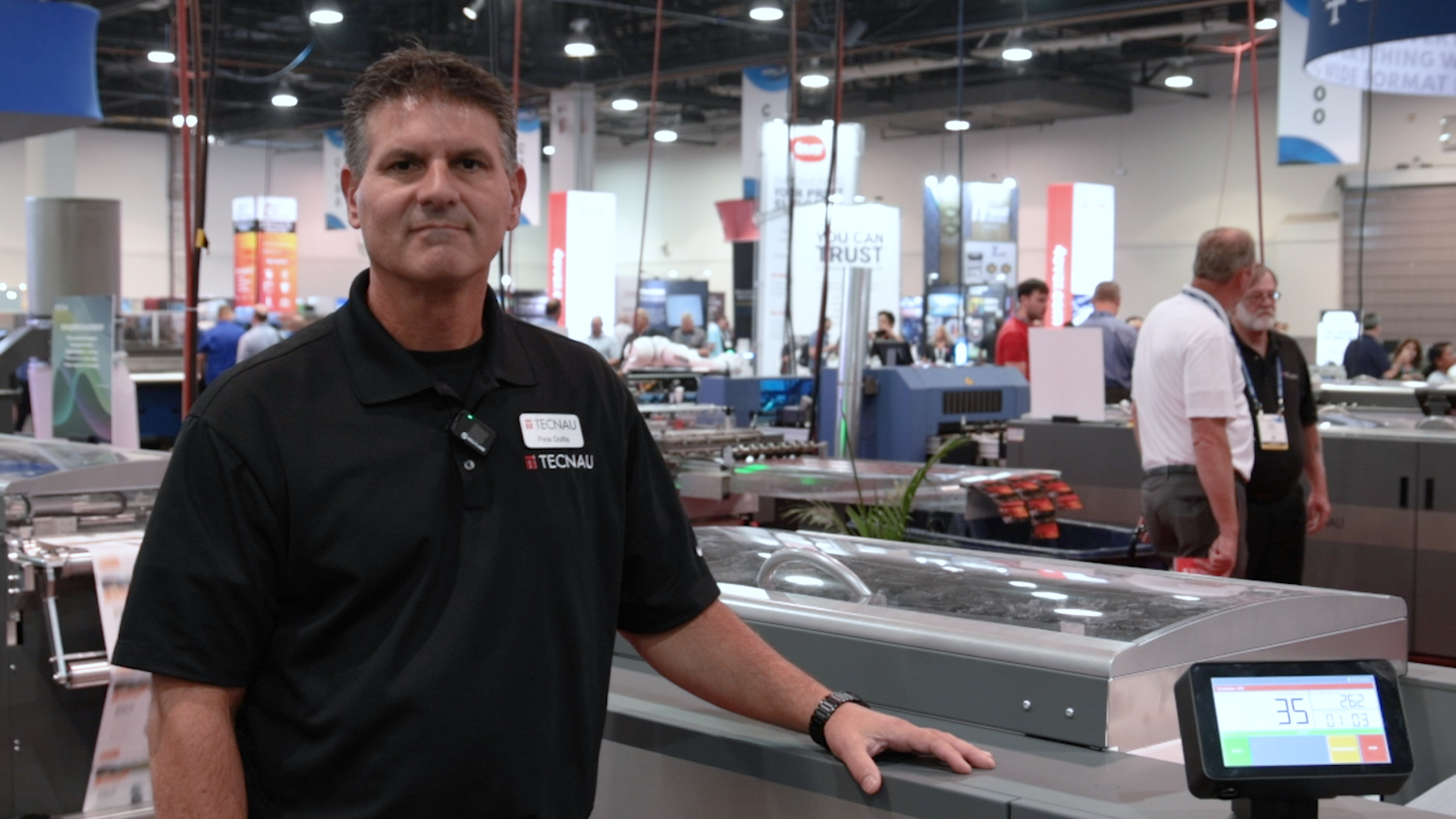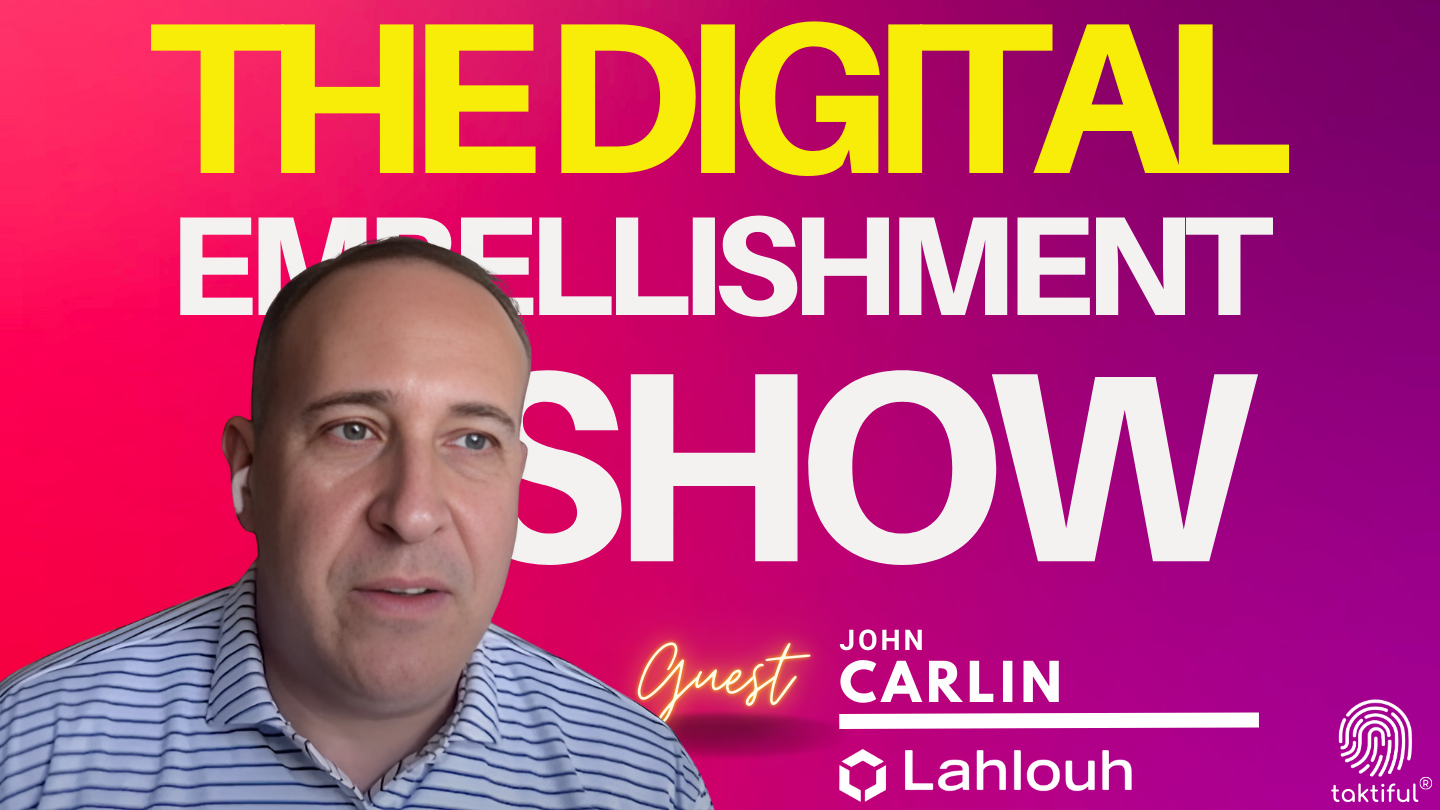In my last article, I covered what I felt were the key trends in digital printing at drupa. In this article I want to look at some of the trends and try to put them into context in the market.
The key trends that I want to look into were the B2 sheet fed press market, the new generation of liquid toner presses, and the Landa Nanographic printing technology and presses. In a sense all of these are aiming at the same market.
In the B2 press area we saw what was almost a scrambling by vendors to get on to the latest trend. All of the new B2 presses were technology demonstrations and were all some way from coming to market, and as I said before this looks like a market that will really start after IPEX in 2014 when most of these products should be ready to ship. Apart from Fujifilm and Dainippon Screen it is only the HP Indigo 10000 that I see will be operational in the market before IPEX. I also wonder if there is a large market for many of these presses. The problem I see with most of the B2 presses is they are not true digital presses but in reality offset like presses that print with inkjet heads. A true digital press has to have the ability to be an integrated production unit. This means handling more than one substrate at a time with more than one paper feed; the ability to have integrated inline finishing; and the ability to print duplex automatically. Without that you cannot really do personalized printing, and in reality you have an analog press that prints without plates or make readies. Of the new B2 sheetfed digital presses only the HP Indigo 10000 and the Delphax Elan appear to meet that specification. One must also consider if one really needs a B2 (or SRA2 as is the case with the Delphax Elan) or whether the extended length format of the Kodak Nexpress SX3900 with its new 36-inch long cut sheet option will satisfy ones needs. This is a true high-quality digital press.
It is a very nice approach to build one B2 press on an existing offset press chassis for excellent paper handling and solid registration, as well as not having to develop a new chassis, but I believe you give up a lot in terms of required functionality. I would have thought that the new suppliers would have learnt about these limitations by seeing the situation of the Fujifilm JetPress 720. For this reason I feel that the Komori Impremia IS29 and matching Konica Minolta KM-1, and he Ryobi/Miyakoshi presses while much faster than the Fujifilm press, will suffer in the market from lack of functionality.
It is good having a digital press if it can act as a true digital press. If it is just a press that has a zero make ready start up, but a higher running cost than a matching size high technology offset press, I fail to really see the benefit. For example if one looks at the new Heidelberg SM XL75 Anicolor or the Presstek 75DI and certain other presses with their very short make ready time, very low paper waste, the ability to run more than four colors including perfecting (duplex printing), low running costs, and at least double the speed of the fastest B2 digital press, can one justify the higher cost of the digital press just on a saving in start up time? That is not to say there are no real applications for these offset equivalent digital presses. There is a single sided market where inline finishing is not appropriate. Large posters and complex folding arrangements are examples, and of course there is the folding carton market. Currently there is only a tiny digital segment of the folding carton market however this will grow with the demand for short run cartons where personalisation is not a requirement.
To show the possibilities of this I was impressed with a capability shown in demonstrations of the Dainippon Screen Truepress JetSX. This press is unique in the B2 digital space in that the paper handling has a straight paper pass without using any rollers. Screen were showing printing of pre-creased and cut folding carton material for the gift and promotions market where the output from the press was ready for making into the carton without further work. This look like a really interesting application in the gifts area that would not be possible if the pre-creased and cut substrates had to pass around a roller system.
The biggest talking point at drupa was the Landa Nanographic technology and the Landa range of presses. A large number of printers, mainly HP Indigo customers with faith in the Landa ideas put down deposits to get in the queue for Landa presses when they should come available within the next two years. The Landa Nanographic approach is really impressive and I think the key for this is not the Nanographic ink with its nano size pigment particles, but the ability of taking the water out of the ink before the ink is transferred to the substrate. The inks are very important but I believe if it is required that other suppliers could also create similar nano sized pigment particles. There is a superb assessment of nano technology for inks in the Seybold Report of May 7 this year by Bill Ray, Chief Scientist of Nth Degree Technologies. Bill is one of the people whose knowledge I have immense respect for, and he believes that using nano technology for ink pigments is somewhat an overkill approach. He does see it would be highly appropriate if used for the expensive ingredients for printed electronics. The Landa approach of having ink that is transferred as a polymeric film to the substrate rather than a liquid that has to have is water content removed is a massive development that other companies have tried to achieve before. This allows a number of major things to happen. First it allows a much wider range of substrates to be handled. Second it allows for very high ink coverage, which is not possible on other inkjet devices without running slower, and with much more dryer capacity, and third it allows for very high speeds to be achieved without the drying problem other devices have.
The question that is asked is does the Nanographic printing process replace offset in the mainstream of the offset market as Benny Landa claims? By this he means in run lengths of 10,000 copies or more. In this I go back to my comments above and say we have to compare these modern digital presses with modern offset presses. It is interesting to look at some of the market leaders in the web to print business. In this I think about Vistaprint, Flyer Alarm in Germany and Pixartprinting in Italy. These companies use digital printing but for most of their work they use advanced automated offset presses. Recently Pixartprinting installed two of the new Komori Lithrone GL840P eight-color B1 presses. They state they are achieving the following:
“The figures we are recording with the new Komori are to say the least mind-blowing: 20 copies for make-ready; 12 make-readies per hour and we think that we'll reach 15 soon; 1,000 tonnes of paper per month; less than 2 minutes to have the first sheet we can sell and a break-even point on the digital press that is truly amazing; 17 copies for posters, 150 for flyers and brochures.”
There is a lot of work still to be done before the Landa presses come to market. I see already some of the problems that Indigo faced and took time to correct. These are the ability to do excellent flat tints and get consistent solids. The samples Landa produced at drupa were very similar to early Indigo samples with strong vibrant colours and predominantly large halftone images. They will need to be able to show high consistent quality in a continuous running operation for tints, small type, images, vignettes, etc. I have no doubt they will achieve it as Landa has a great team with real experience gained in getting Indigo where they are today. I believe that the Landa technologies, whether implemented by the Landa company or via affiliates such as Komori, manroland and possibly Heidelberg, will have a big impact in the market.
The Landa technology also faces another competitor and this is the arrival of the next generation of liquid toner presses. We already know how good liquid toner can be when one sees the superb quality output of the HP Indigo presses that are liquid toner based. The HP Indigo technology however has serious limitations in terms of potential speed as it is a process that requires all colors to be printed on a single engine rather than multiple print engines in sequence. It also has a drying (fusing) process that requires volatile toner carrier oil that has to be evaporated, and it is also difficult to recycle HP Indigo prints using the de-inking processes in use today by most of the world’s paper mills. The new liquid toner approaches of Océ and Xeikon get around these problems. I cannot comment on the Miyakoshi approach, as they have not outlined how they are working. What I can see is with these new liquid toner approaches we will get HP Indigo like print quality with high-speed inkjet speeds. We will however have to wait until IPEX in 2014 to find out more of this and how good it can be.















Discussion
By James Daly on Jun 05, 2012
Andy, I too think it's a bit strange to mount ink-jet heads (or other technology) on offset presses due to post press workflows that don't truly support digital (variable) products very well.
However, what I learned from the Heidelberg GTO-DI years ago is that eliminating plate making (even if they were imaged on press) eliminated 30% of my processes, labor, floor space and opportunity for mistakes.
Fast make readies are important, but eliminating entire processes is even better.
Jim
By Henry Freedman on Jun 05, 2012
Since today say 94% of printing is conventional it appears a more efficient
conventional press is a real winner.
Elimination of plates and associated exposure and processing also reduces variables for the run, is greener, costs less and drops the price
point of print. Modification of existing technology like adding liquid EP or IJ to conventional press extends presses lifetime.
This allows more time to address Andy's
variable printing wishes such that the press later can have this too.
By Clint Bolte on Jun 06, 2012
Only a few years back a modus change presented to us engineering- minded printers an immense opportunity. And that innovative change was waterless printing. Different plates and temperature controls in the ink train presented the hope of negligible spoilage and near zero make ready time. Seemed so logical. Despite the relatively modest investment required, the market never embraced it.
Could it be that the flawed system that worked was better than the pipe dream hoped for? Or perhaps the unspoken reality that the savings realized would probably be given away by lower prices rather than acceptable ROI or higher profitability?
As much as manufacturers preach "marketing opportunities" or the promise of greener, more efficient, and on and on. The conventional entrepreneur resting on the ledge of survival continues to invest to solve problems not in the hope of creating opportunity.
Similarly there is still a sense of concern that the existing journeyman workforce that has mastered the current technology that has made our firm successful will be able to start all over and relearn a trade with a different technology. The easy answer of retiring the old and hire young to learn the new is not always practical.
New technology is exciting to the consultants, journalists, and strategists, but the operational transition issues must never ignored by the professionals on the floor that still must meet deadlines and uncompromising quality expectations every day.
By Erik Nikkanen on Jun 06, 2012
Waterless was never a solution to the problems of the lithographic offset process. The same technical groups that did not understand lithographic offset problems just went and developed waterless offset problems that they did not fully understand.
It has been an engineering profession failure that fairly simple problems could not be understood and corrected at a fundamental level.
After all this mess of technical efforts, I think there is still a very good future for lithographic offset which does not need any drastic new training.
The positive factors in lithographic offset work very well. High speed, low cost of materials, high resolution, an existing trained work force, etc.
What has not been so positive, such as too much variation, lack of predictability, seemingly complex, incapable prepress processes, etc. has made many misjudge the future potential of the process.
The good news is that the major negative issues can be corrected and corrected at relatively low cost. What has been missing has been the lack of effort by the engineering community to actually address these issues.
When I say engineers, I do not mean people who have been given a title of engineer but people who have gone through engineering schools that have major emphasis on the sciences. It has been an engineering and science failure but fortunately one that can be corrected.
A corrected lithographic offset process will perform better than the existing waterless process in terms of makeready and waste reduction. Lithographic offset is still a process for the future. It will excel right in Landa's sweet spot.
By Alex Ozerov on Jun 18, 2012
Andy,
I also believe that the greatest potential of Landa’s nanography is not in the ‘nano’ ink, but in the ability (not yet realised) to create a low water content ink deposit on an intermediate member prior to transferring this onto the substrate of interest. Should the latter development be successfully implemented, it could overcome the ongoing concerns for all conventional mainstream inkjet processes, being the inferior image quality and reduced substrate range. In the face of the obviousness of Landa’s nanography concept (although lacking some specific details), I can foresee enormous technical challenges for his technologists in realising this concept, and doing this with nano-size particles is making the task even more difficult. The quality of an intermediate transfer step (primarily its transfer ratio) and the life of the transfer blanket are typically deteriorating with the reduction in particle size. In simple terms, as the first approximation, the scale factor determining the effect of size on these issues is the ratio between the surface roughness of the blanket material and particle size. Making all particles sinter/cohere into an “Indigo like” film on the blanket for nano-scale systems would be a “revolutionary” achievement. For aqueous inks (in contrast to solvent based toners), interfacial chemistry is to play a significant role in the film formation process in terms of both particle-particle and particle-blanket interactions. Indigo printing process itself made it possible to achieve a “film-like” transfer with non-aqueous toners and much of the core technology behind this should be known to Landa’s team, however, it is unclear how this knowledge could be directly used by Landa Corporation without infringement of HP’s IP or confronting serious ethical issues. Not knowing all the details of the arrangement between Landa and HP makes all the above thoughts quite speculative.
Another factor, rather fundamental in nature, is that by realising a hybrid inkjet-offset type printing process, nanography would cease to deliver a key differentiating factor pertinent to ink-jet solutions, i.e. the ability to print digital information directly onto substrates. I look forward to the time when all these challenges have been overcome and according to Landa, I don’t need to wait that long.
Another topic raised in your article, Andy, on the ongoing rivalry between analog (litho) and digital is also a good one. Here are my two cents to add to this. While there have been numerous improvements and significant changes to offset printing process over the 100 odd years, fundamentally at its core, the main system engine and the technology behind it remain the same – simple, robust and refined over the years of continuous field testing and high throughput operation. In contrast, contemporary digital printing technology offerings can boast superior technological concepts with intelligent system controls, higher degree of automation and user friendly interfaces, all tailored to deliver intelligent and modern solutions to the users. This has much potential for the future with already established foothold in the marketplace. However, digital printing technologies are still comparatively expensive in ink/toner cost, requirements for skilled operators, engine sophistication, and complexity of printing solutions. Future is clearly for digital, but until it has proven to deliver competitive cost base, robustness, quality and throughput, tested with time measured in decades rather than years, offset while reached its potential will continue its dominance.
By Erik Nikkanen on Jun 18, 2012
Re the digital and litho rivalry.
Yes the fundamental model for offset is 100 years old and that is its problem. The model has not advanced but only has been refined.
There are three main issues with offset that have been holding it back.
One is the lack of positive ink feed that is independent of variables such as changes in water, roller train temperature and press speed.
The second is an accurate ink key (ink feed) presetting algorithm.
The third is an accurate zero set point as the datum for the presetting function.
All these three requirements do not exist now and need to be resolved before offset litho can progress its fundamental model. When done, it hits at the print range that Landa is aiming at. Only time will tell what technologies will become the winner but offset still has lots of potential.
In my view, the term of digital printing is a misnomer. All printing methods are analogue. It seems that most of the problems in any of these precesses is in the analogue realm, where real physical problems need to be solved.
People under estimate the effort and thinking process needed to solve new physical problems. It is also interesting to see how the Landa process has been sold based on animations. Basically people are sold on a process based on a cartoon. The real world does not work so simply.
By Alex Ozerov on Jun 21, 2012
Erik,
Yes, many use the term “digital” without fully understanding what it really means. It has been long established and accepted worldwide that DIGITAL describes a system that is based on discontinuous data or events (or “discretised” analog). Following this principle with rigor, one would say that digital printing is no more digital than analog printing as both essentially use discretised/dithered data that transposed into a serious of printed dots forming an image that is to be seen as an analog picture. In application of this term to printing, however, as I see it, the term digital vs. analog is well defined and widely accepted within the printing community, that is defined as an image sent directly to the printer using digital files such as PDFs and those from graphics software. Make-ready time, in today’s terms, as Andy rightly pointed out, is not such a dominant factor when one makes a selection decision between digital and analog. It is already relatively low for contemporary litho presses (Komori and Heidelberg have already shown this in their latest models).
In my humble opinion, it is the ability of digital printing technologies to print fully variable data on the fly (the potential much talked about, but hardly realised by press users) that will offer enormous business opportunity moving into the future and always keep digital printing apart from lithography. Until inventors/engineers/technologist have created a printing press that is capable of printing both short and long runs economically on the same engine, printing houses will have a requirement for both type of presses on the floor. If there is any potential to achieve this goal, this would likely be with a digital press.
I am keen to argue some technical challenges encountered in litho and the reasons for visible lack of investment into resolving these, but this discussion promises to be quite lengthy and I think this could be best posted elsewhere, rather than within Andy’s article.
By Erik Nikkanen on Jun 21, 2012
Alex, the near future is going to be interesting. Conjecture, discussion and debate can be lively and interesting but are also pointless. Usually things don't turn out as most expect.
People can be experts in their point of view up until the reality of the future market decides. My efforts are primarily aimed at making practical advances and not in debates. I am also curious to see how things will turn out because I don't know how the market will react.
The market is the final judge and no one technological approach can be pushed into the market without merit. It is going to be interesting.
By Buck Crowley on Feb 26, 2016
It is now 4 years later and all the comments above are correct. The technology has caught up. With inkjet addressing on press, inline finishing and now Traying-On-Press-System ... USPS ready product is off the press and out the door within the hour.
The direct-mail department is now at the end of the press. Even though automation has reduced web press labor to only 2-3 people there were 10 to 30 people per hour in the direct-mail department that were not visible.
Combining the two departments, printing and mailing, not only eliminates more labor than any other single web press automation, but it eliminates mistakes and delays. Not having anyone touch the mail, has many benefits.
A modern web press running several across and more than one around the printing cylinder can produce more than 500,000 pcs per hour (200/sec.)
Furthermore, by connecting the islands of press automations 100% accuracy and integrity can be achieved. The USPS tray breaks don't require any identifiers on the paper to be 100% accuracy. The waste can be diverted automatically.
We are presenting a TAGA paper in a couple of months (March/2016) which will document this new printing era.
Thank you - Buck
Discussion
Only verified members can comment.